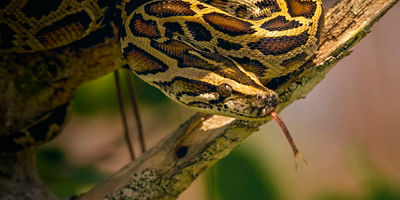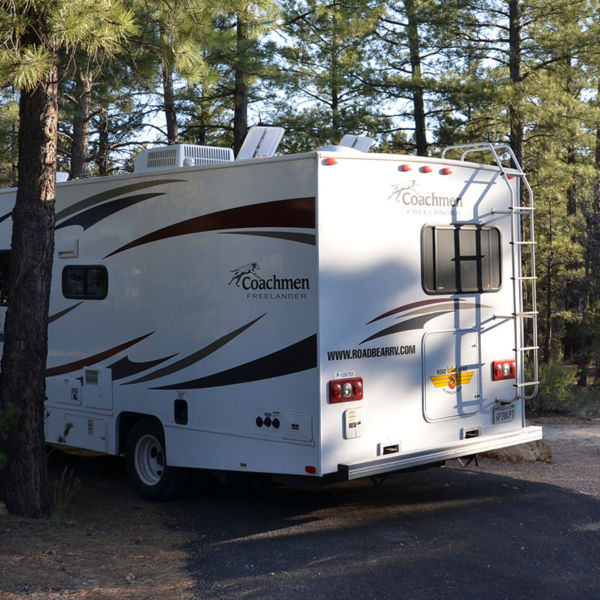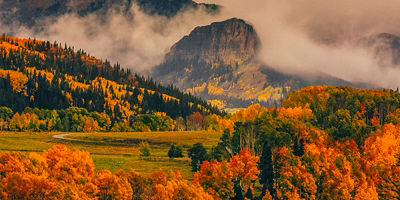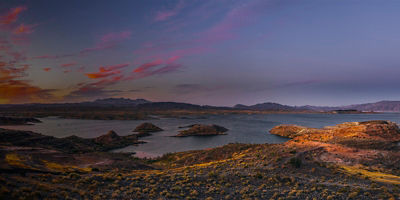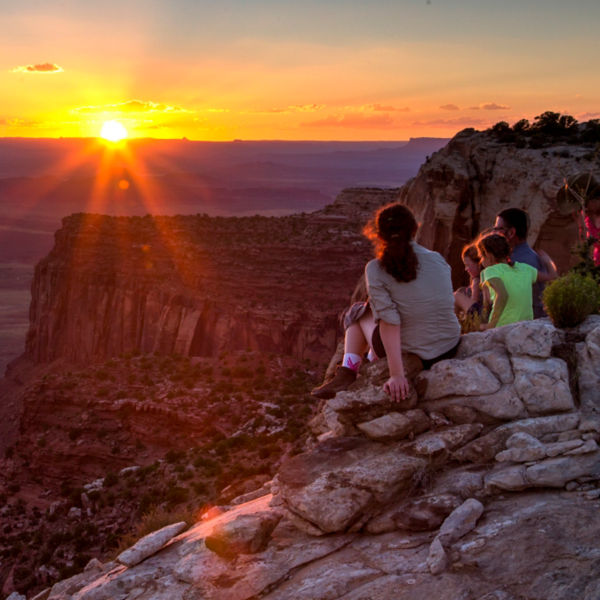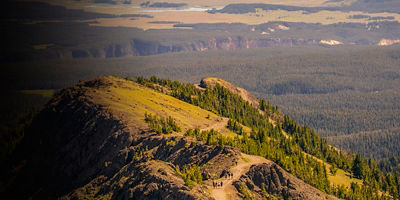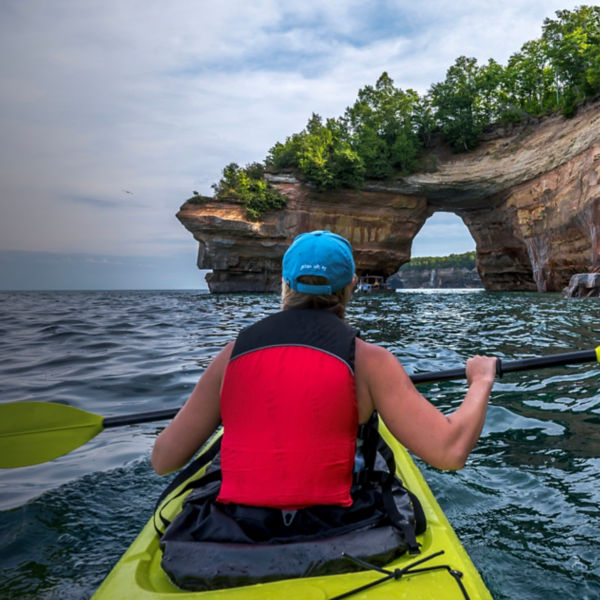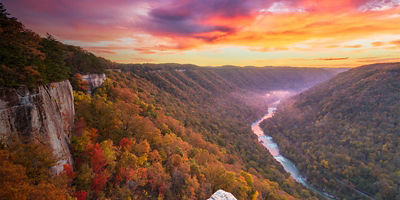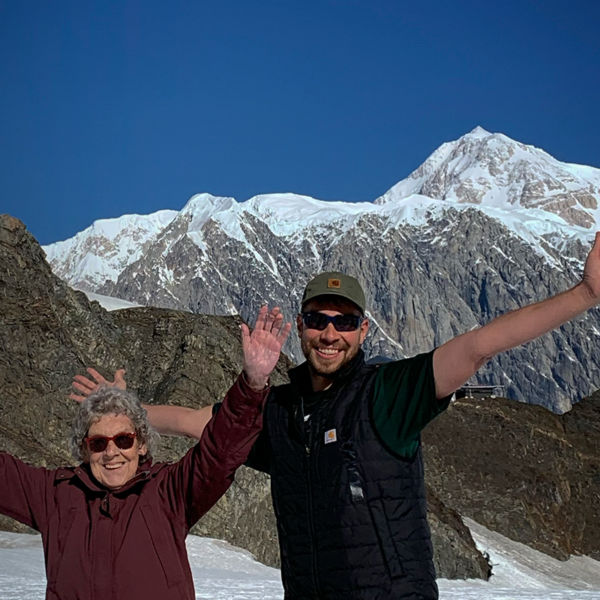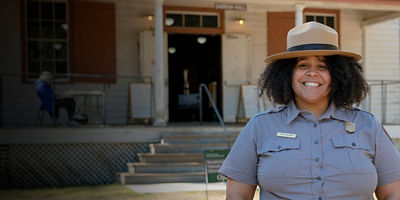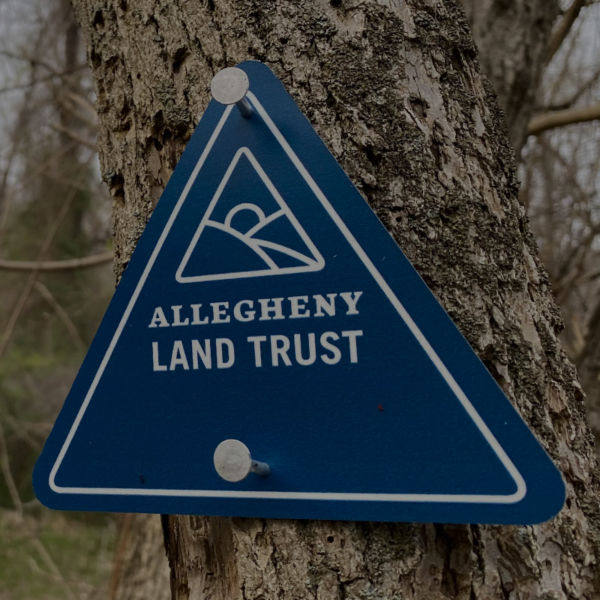
Yellowstone National Park is best-known for its geysers and other hydrothermal features. Aside from world-famous Old Faithful, more than 10,000 hot springs, mud pots, geysers, and fumaroles spurt, bubble and steam throughout the park. Yellowstone is also a fantastic place to view wildlife, with 67 species of mammals, including grizzly and black bears, wolves, moose, and bison roaming about. Add to that all the birds (300 species!), fish, reptiles, and amphibians in Yellowstone, and your chances are high for spotting all sorts of creatures.
While many visitors to the park stick to the wooden boardwalks that lead to hydrothermal features and lookouts, almost 1,000 miles of fantastic hiking trails beckon the more adventurous. From family-friendly routes that offer vantage points of some of the park’s famous features, to peaceful meanderings through meadows and forests that end with challenging climbs to the tops of peaks, hiking in Yellowstone has something for everyone. Note: Always carry bear spray, and know how to use it, while in Yellowstone. And give all animals plenty of space—leave 100 yards for bears and wolves, and 25 yards for all other animals.
Epic Day
Seven Mile Hole Trail (11 miles)
This hike starts along the rim of the Grand Canyon of the Yellowstone, the dramatic 1,200-foot-deep and 20-mile-long canyon cut by the upper Yellowstone River after it tumbles over Yellowstone Falls. This is the only trail that descends to the canyon floor, passing through pine forests, meadows, and skirting geothermal pools along the way. You’ll descend 1,400 feet from the Inspiration Point overlook along the canyon’s north rim, but be prepared to hike that same elevation back up to your starting point.
Electric Peak (20.6 miles)
The distance covered, and 5,767 feet of elevation gained, make this hike the most epic of this epic hike roundup. You’ll start at the Glen Creek Trailhead on the northern end of the park near the Mammoth Hot Springs entrance and travel through meadows and lodgepole pine forests. The final half-mile includes a Class III scramble to the 10,969-foot summit, only advised for experienced and well-prepared hikers/climbers. From the top of this tallest mountain in the Gallatin Range, you’ll have panoramic views for miles (and miles, and miles).
Specimen Ridge Trail (17.1 or 17.9 miles one-way)
The variation in distances depends on your starting point as it’s shorter from the trailhead south of Junction Butte, and slightly longer from the Yellowstone River Picnic Area. You can also pick off out-and-backs of any distance that still offer rewards as this gorgeous hike serves up flora and fauna in spades (not to mention wildflowers that abound at certain times of the year). The trail, named for its petrified trees, spends much time on a ridge above the Lamar Valley and its abundant wildlife. If hiking the whole trail (most hikers do it one-way with a shuttle), be ready for 3,300 feet in elevation gain, and no access to water until you have to forge the Lamar River (check conditions as it’s impassable at times).









